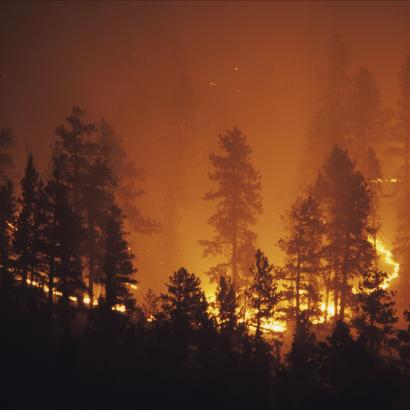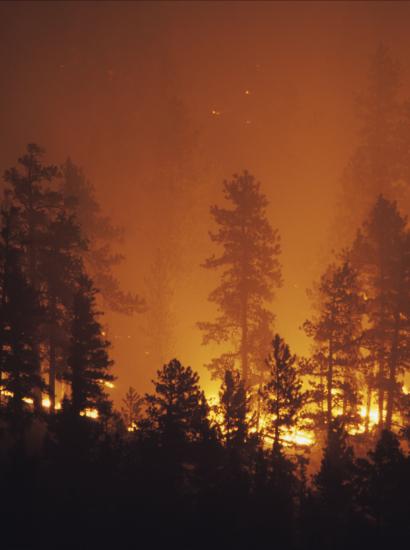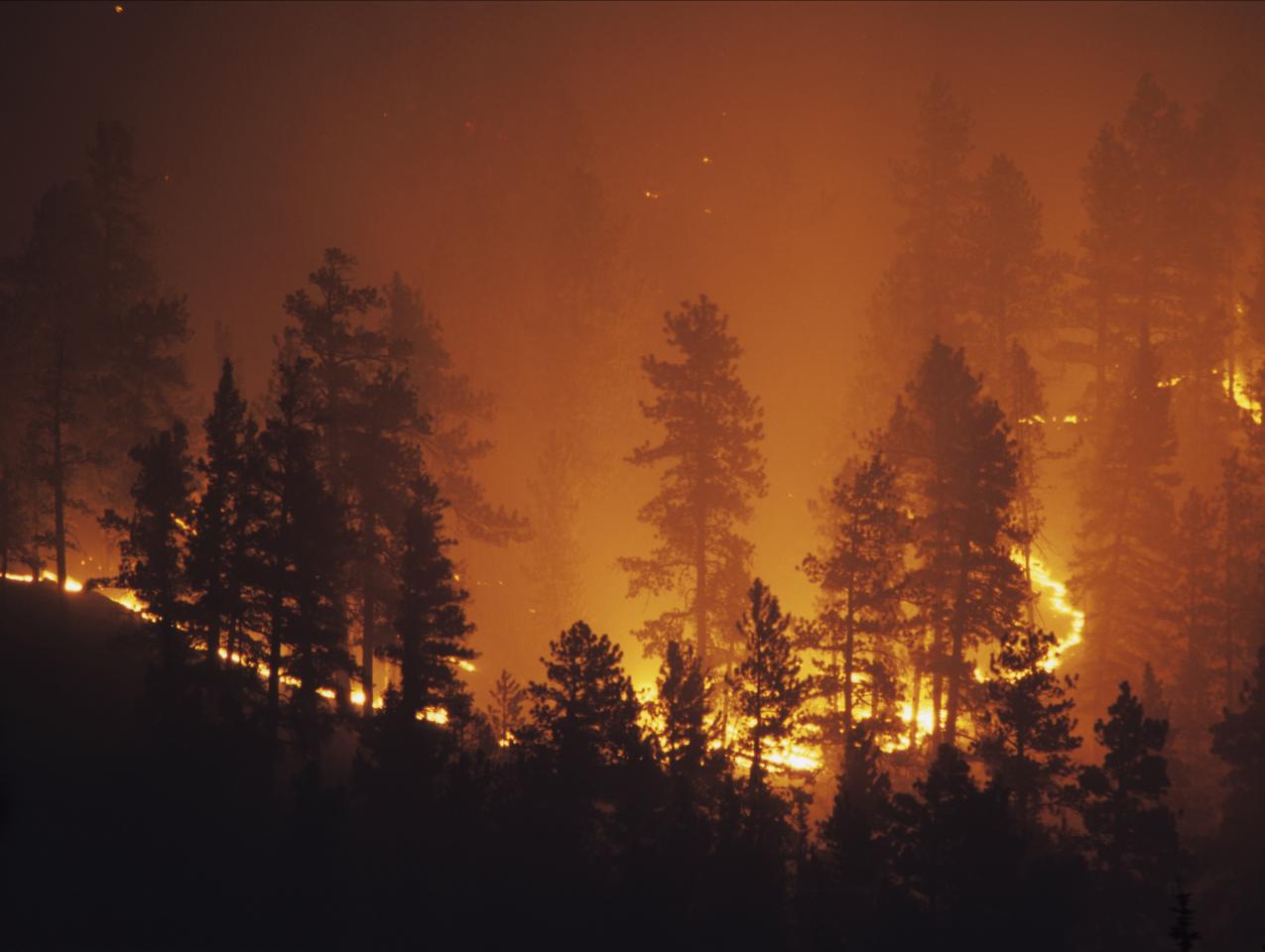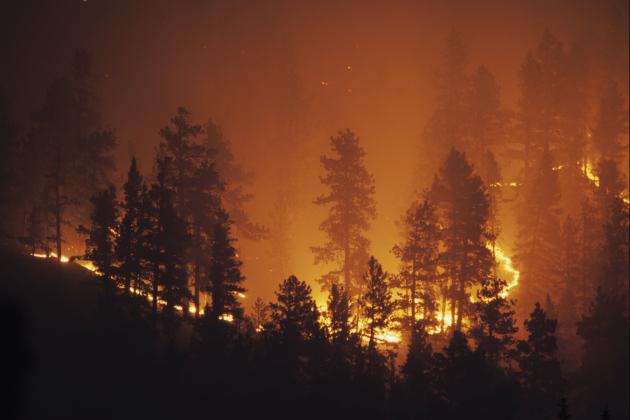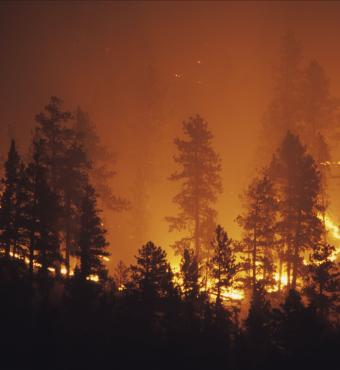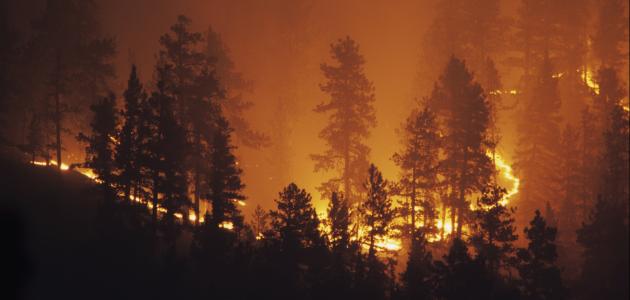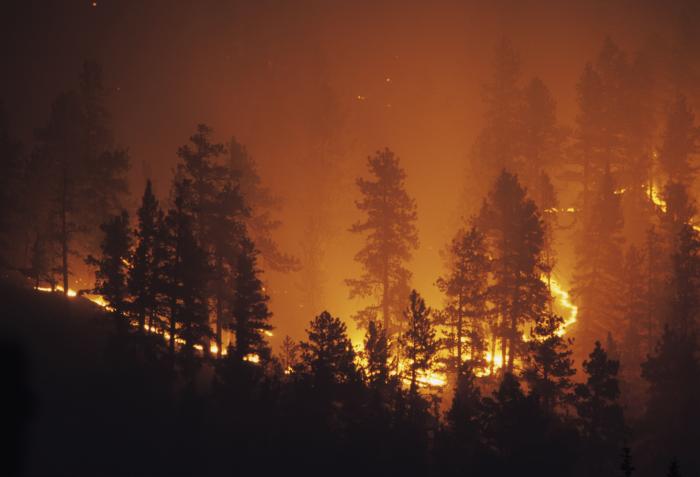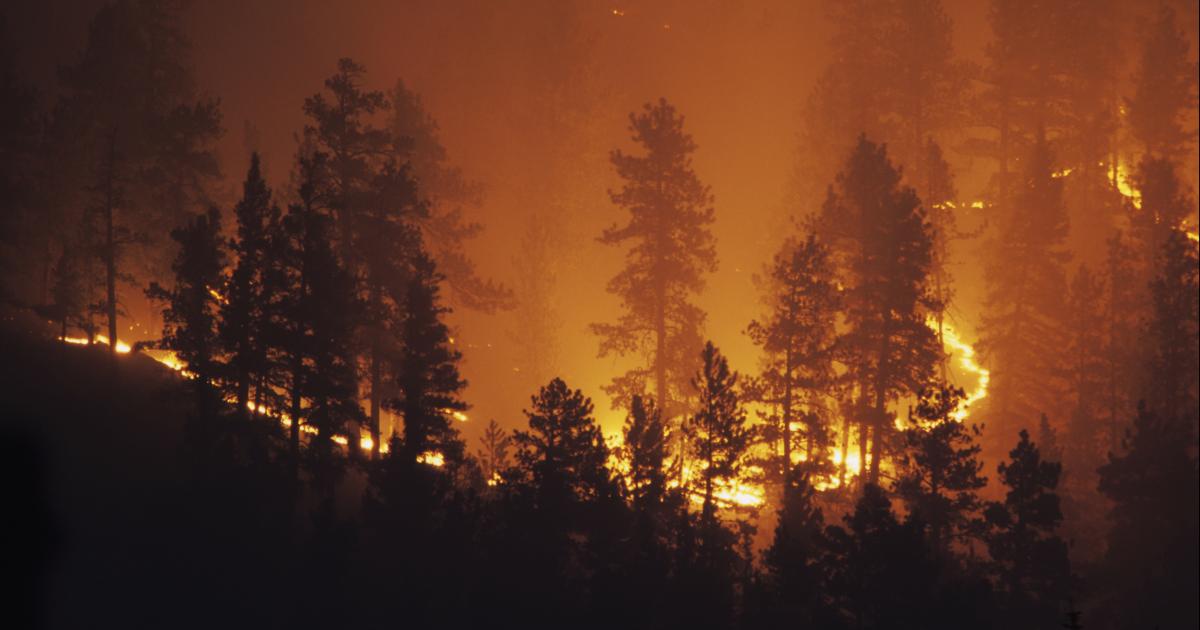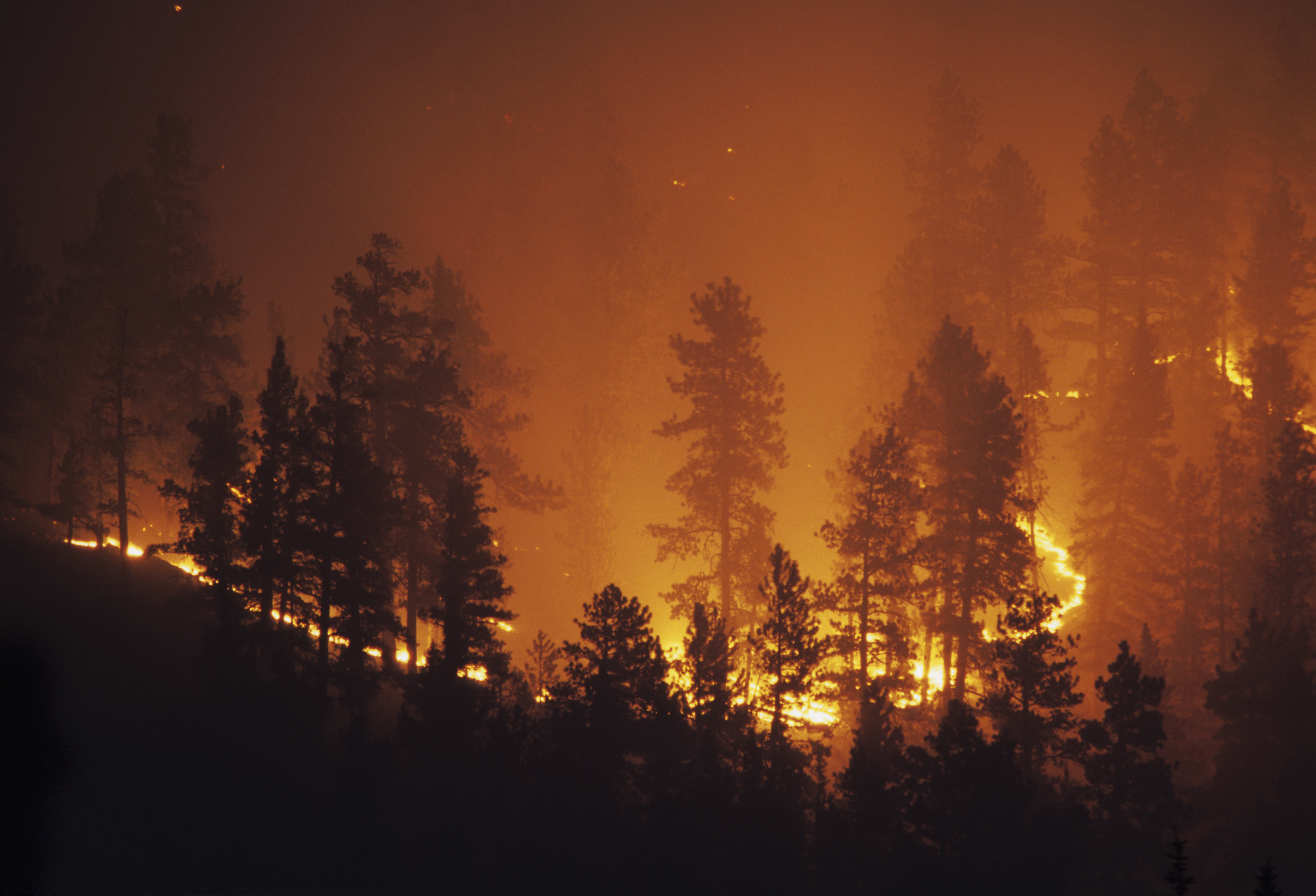
Hoover Institution (Stanford, CA) – Two US Marine Corps veterans presented their research in a webinar on Thursday, May 19, about the methods and strategies that California leaders should consider applying to reduce wildfire risk in the Golden State.
Donnie Hasseltine, the chief security officer of Bay Area software company Xenon Partners, and Dave Winnacker, chief of the Moraga-Orinda Fire District, represent the inaugural class of the Hoover Veteran Fellowship, a one-year program designed for veterans who have served in the US armed forces within the past two decades and who have demonstrated leadership and success as midcareer professionals in the private sector. Veteran fellows, in their capstone project, are charged with developing actionable solutions to policy challenges in their communities.
During the webinar discussion, Hasseltine and Winnacker were joined by John B. Taylor, the George P. Shultz Senior Fellow in Economics, and Michael Wara, senior research scholar at the Stanford Woods Institute for the Environment.
Hasseltine began the webinar by providing an overview of the increase in wildfire risk in California. He explained that 12 of the 20 worst fires in state history occurred within the past five years (2017—22).
In 2020, 8,648 fires burned over 4.3 million acres and destroyed 11,116 structures. The following year, 2021, 8,835 fires blazed through 2.5 million acres and incinerated 3,629 structures.
Hasseltine identified factors for the explosion in wildfires over the past decade: more densely populated urban areas, increased emissions, and rising temperatures and less-rainy seasons due to climate change. He argued that the state’s policy responses, including poor land and forest management, have in some respects made the situation worse.
Moreover, insurance companies have exited the marketplace as a result of caps placed on high-priced premiums and one-year moratoriums on the expiration and cancelation of policies in zip codes affected by wildfires. And although the government-run insurance policy (the California FAIR Plan) has helped expand coverage, two-thirds of homeowners remain underinsured against wildfire risk on the value of their properties.
“The only real decision insurance companies have is to leave the market,” Hasseltine said. “If you are the case in which your home value equals your net worth, and you are looking at transferring it to the next generation, that is impacted by your ability to have fire insurance to preserve that wealth.”
In his presentation, Winnacker—who leads a fire district that encompasses 42 square miles and protects a combination of large open spaces, urban centers, and various types of residential communities—described strategies homeowners and policy leaders can adopt to alter ways in which fire is spread. These include reducing the concentration of “fuel loads” such as trees, shrubbery, and other forms of vegetation. He also recommended “home hardening” measures, that is, using certain materials in the construction of real estate or making home improvements that increase protection to heat, flames, and embers.
Winnacker advocated against aggressive fire suppression methods like the “10 a.m. rule,” a policy first advanced by the US Forest Service ordering that fires be completely extinguished by 10 a.m. after they are initially reported. He described that the consequence of such measures, which limit burns that could reduce the fuel loads, are more virulent blazes.
“We have to recognize and accept that fire is a naturally recurring feature of our landscape,” said Winnacker. “Exclusion of fire from the landscape leads to a landscape that is out of equilibrium until it violently snaps back.”
Winnacker stressed that in order to lower the risk of wildfire, there needs to be a whole-of-community approach. Prevention is seriously undermined if one individual spends the money to proof their property with fuel mitigation or home-hardening techniques while his or her neighbor does not.
Michael Wara added that risks posed by wildfires are not adequately shared throughout society and that lands most susceptible to blazes are those that aren’t properly governed and maintained. The federal government, which owns 40 percent of forest lands in California, is exempt from liability if its negligence leads to wildfire. Meanwhile, some firms, which have also been careless in their administration of forests, have not been subject to rules governing land use. One example of such behavior is logging companies that leave behind dried out flammable slash (woody debris such as treetops and limbs) from thinned-out forestry.
“Those kinds of actions people take because they create benefits,” Wara said. “But they create externalities and future losses, or at least expected losses, for everyone around them.”
On this point, John Taylor reminded the audience about the rational choice theory of economics, which asserts that rational human beings are driven by a desire to pursue their self-interest. Under ideal conditions, he explained, when firms and individuals seek to maximize utility, it will lead to an economy that is perfectly competitive and fully efficient. He said that this model doesn’t hold for negative externalities such as wildfires, which prompts government intervention to mitigate social costs.
Taylor argued, however, that this “rational choice” model can be altered in cases whereby individuals are fully informed about the long-term benefits of accepting upfront costs in order to limit externalities that affect other members of their community. He added that incentives could translate to rewarding, in some manner, people who take extra care of their property and adopt preventive measures against wildfires.
“One of the things we forget about externalities is that they are frequently resolved by private parties getting together and saying, ‘We’ll do this, if you do that,’” Taylor said.
Applications are now open for the 2022–23 class of the Hoover Veteran Fellowship Program. Click here to learn more.







